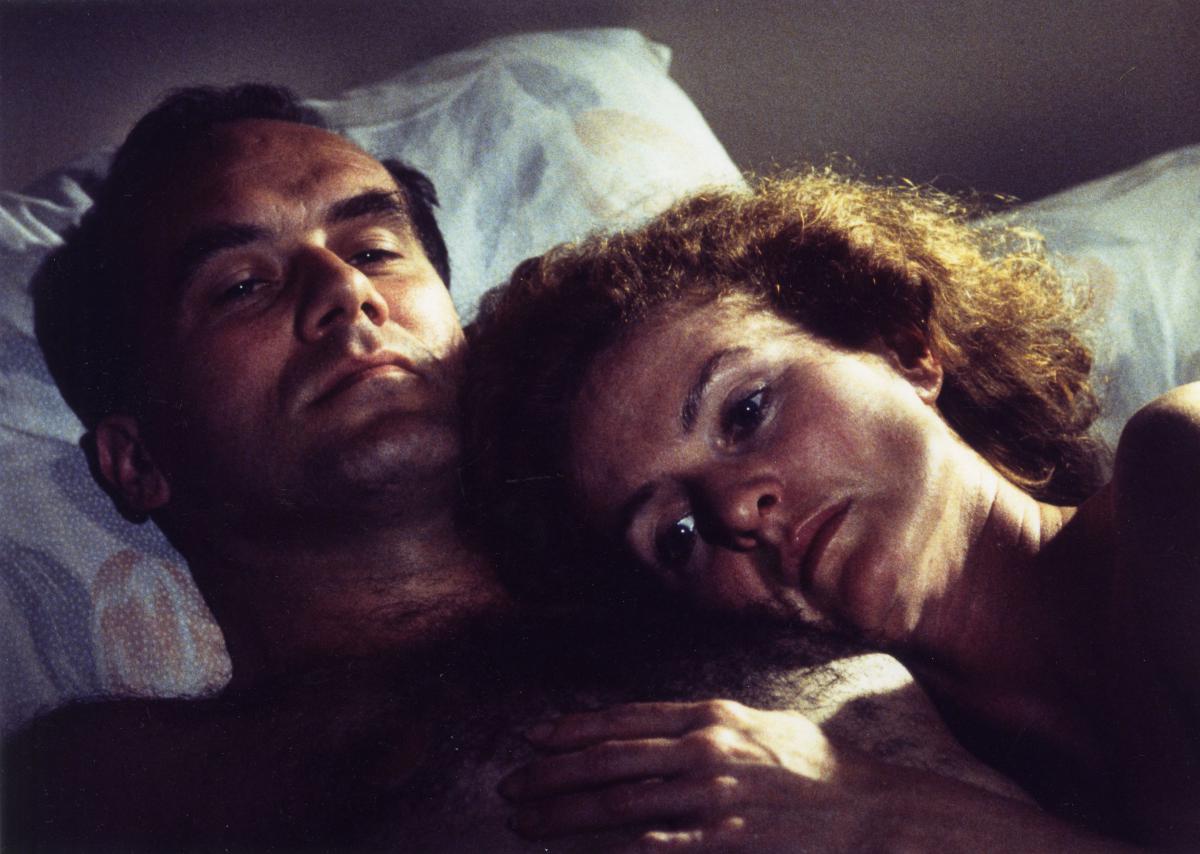“To try and live together”

Writing
As soon as I started thinking about Mon cher sujet, I had exactly seventeen sequences in mind, each with a title, as many as the finished film contains. I didn’t want to write a script, so I produced a videotape that presented the film, already using Mahler’s music. Then I started to make little drawings of shots, with detailed notes on angles, frames and décors. This document was a necessary step, because when you describe a sequence in two pages, everything still needs to be done. All the “drawings” of the shots were very precise from the beginning.
The three ages of womanhood
Mon cher sujet presents three women, but also three ages of womanhood through a kinship. I wanted to show the differences in the relationships between these women. Between Agnès and Angèle, for example, there is not much bodily contact. They can understand each other without it. You understand, through what she says to Angèle on the phone, that Agnès has a more respectful attitude towards her daughter than her mother had towards her. Odile still brings to bear a sort of moral right with regard to her daughter’s birth.
Agnès has reached the age of decisions: she no longer has to seek, she has to find. She doesn’t manage very well. With François, she has brotherly relations, and they play like children. Hans, on the other hand, approaches her as a man and openly laughs at these games.
Angèle is not satisfied with speech. When she sings, she pos- sesses a universal kind of communication, and her singing voice is also her own way of providing herself with a force that is lacking in the mother and the grandmother.
When it comes to men and women, I feel like I’m honest, and I think that both worlds need to collide or to circumvent each other in order to try and live together.
The soul of the subject is the child, the arrival of the child. It’s creation, creature, and above all creator.
The music
I have difficulty approaching the use of music in the way it is traditionally used in cinema, where it is like a spice sprinkled on the film. Ever since Le livre de Marie, I have tried to turn the film’s music into a character of the film or to let the music emerge from the very situations inside a sequence. Marie and her father were listening to and discussing Chopin’s concerto no. 2. The music is inside the room; it doesn’t come on top of it. In Mon cher sujet, the singing comes from a character’s body and the “film music”, the fourth movement of Mahler’s symphony no. 9, comes from below, I would say. It is like a river that never ends and that expresses very well the idea of the subject of kinship. The least I can do is to make sure the music is called upon in the same way a character is...
And I consider the singing a sort of birth. To sing a work is to give new life to it, and that’s why they never stop singing about beautiful things.
The approach
In Le livre de Marie, I was somehow reluctant to do close-ups of the little girl. In Mon cher sujet, thanks to the distance I took from psychology, I no longer considered the close-up approach trivial.
The music and images create ellipses in the film. For example, the shots in which snow is falling were conceived in order to show that “time passes”. You see Agnès’s house covered in snow, which is a bit as if Agnès’s winter starts then.
For this subject to exist, I didn’t need to put myself in the position of its characters. I had to take advantage of the affection for a subject, and not concentrate on the characters.
Originally published in the press file of Mon cher sujet (1988).

